I knew Uganda was likely to be a good location for my efforts to see bird species that were new to me. For once, reality equaled, or even exceeded, my expectations and that situation injected a jolt of energy into the birding side of the World2 Tour. My route through the country was selected to bring me to six of the best-known birding sites to be found there, five of which were National Parks. That added certain levels of complexity and expense to the process, but in the end it was certainly worth it. However, Africa, in general, is one of my favorite birding regions because, in my experience, the ability to see unique and interesting birds in locations such as degraded forests, agricultural areas, and villages and towns, is unsurpassed. That aspect added considerably to my success in Uganda and I was quite impressed with my total species count. In fact, the number of species seen in a relatively short period of time means that I will need to split this post into two, the first of those focusing on the smaller birds I encountered in Uganda.
The first species shown here, however, was not a small bird, and was not actually seen in Uganda, but I will start with that one anyway, because of the unique manner in which that observation was made. I have never made a secret of my disdain for air travel, but over the years I have, unfortunately, spent much more time crammed into uncomfortable cabin seating than I should have. In the process I have often wondered if it might be possible to identify a new bird species through the window of the aircraft, at any point during the flight. On this occasion, I was not able to find a convenient way to get to Uganda from West Africa without taking a longer flight than I would normally prefer, and that also involved an overnight layover in Addis Ababa. In the morning, just after push-back for the short segment to Entebbe, I noticed a large raptor take flight from nearby, and then perch on one of the tall lighting posts lining the taxiway. Soon I had a better and closer view, seen from the side, than in the image shown below. The image taken from that angle was a little too blurry to post here, but was good enough to identify the bird as Long-Legged Buzzard. Upon landing I might have picked up one or two more species at Entebbe, since there seemed to be many possibilities flying and resting around the airport grounds, however, the aircraft was taxiing too rapidly for me to get any decent looks. Airplanes and birds generally don’t mix well, of course, so, for more than one reason, it would probably be better if I did not repeat this experience again.
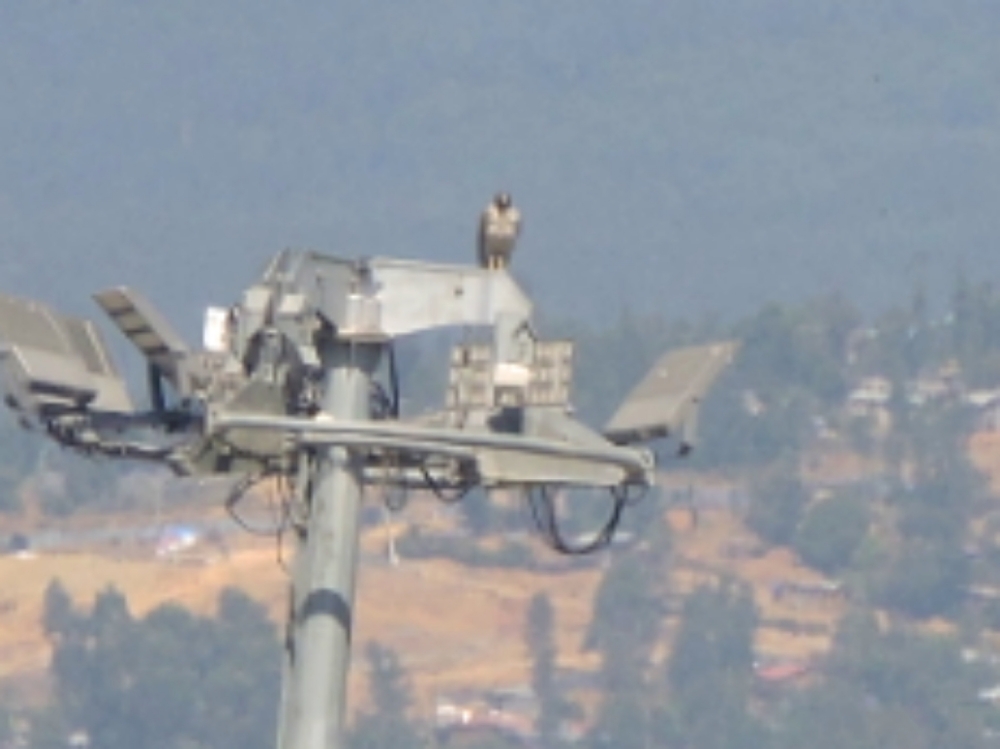
The major sites I visited were, in order, Murchison Falls National Park, Rwenzori Mountains National Park, Queen Elizabeth National Park, Bwindi Impenetrable Forest National Park, Lake Mburo National Park, and finally the Mabamba Swamp community ecotourism site, near Entebbe. These selections provided a nice variety of savanna, montane, and wetland habitats and that, of course, did a lot to increase the number of new species that were possible. At all of those sites I was not really able to explore and go birding on my own, which was not unexpected, but made things a little more complicated. In four cases, I was able to ride to the edge of the site, where accommodations were located, and then arrange for an escort once there, while for the remaining two locations I needed to arrange for a guide and transportation from elsewhere. That was a little more challenging than it normally would have been because most of the country's well-known birding guides had not yet restarted their operations following the shutdowns earlier in the year. Fortunately, I got a little lucky and worked out that detail without too much trouble. For Murchison Falls I used Roger Byonabye, who came all the way from Kampala to take me through the Park, while at Queen Elizabeth, John Bosca, from Albert Safaris did the job. Both were accomplished bird and wildlife spotters, in addition to being pleasant company for a couple of days of bird and mammal viewing.
There are many more birds to show, however, so that's enough of the preliminary details. Here I start with a pretty little finch, which was even smaller than it appears in this image, Green-Winged Pytilia.
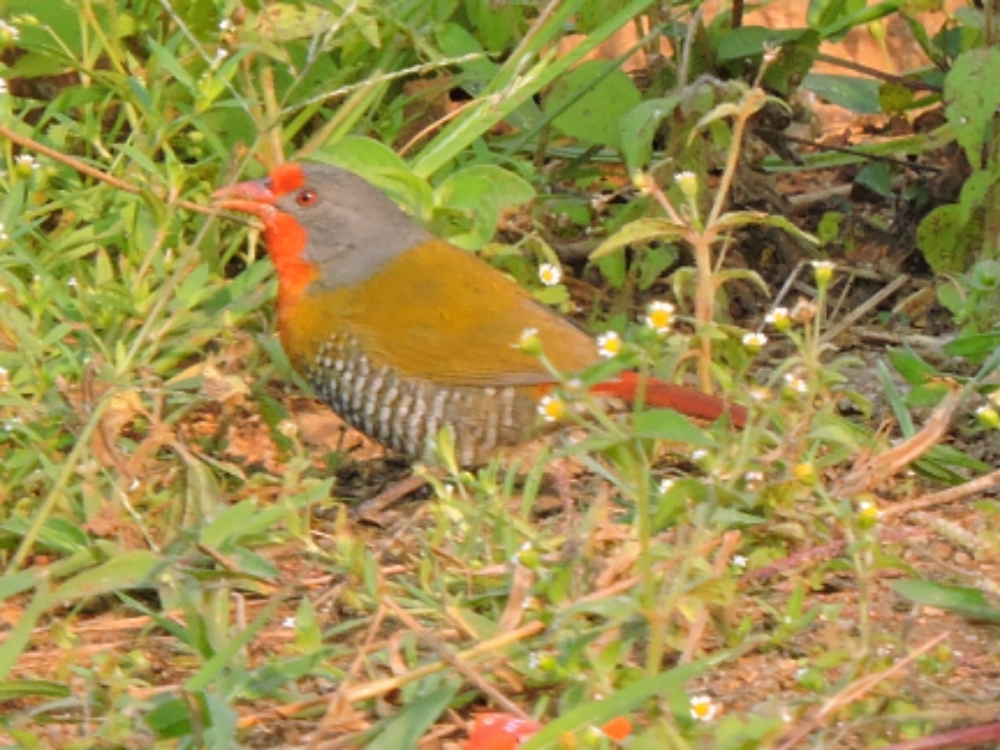
Above average in appearance, where flycatchers are concerned, was African Blue Flycatcher.
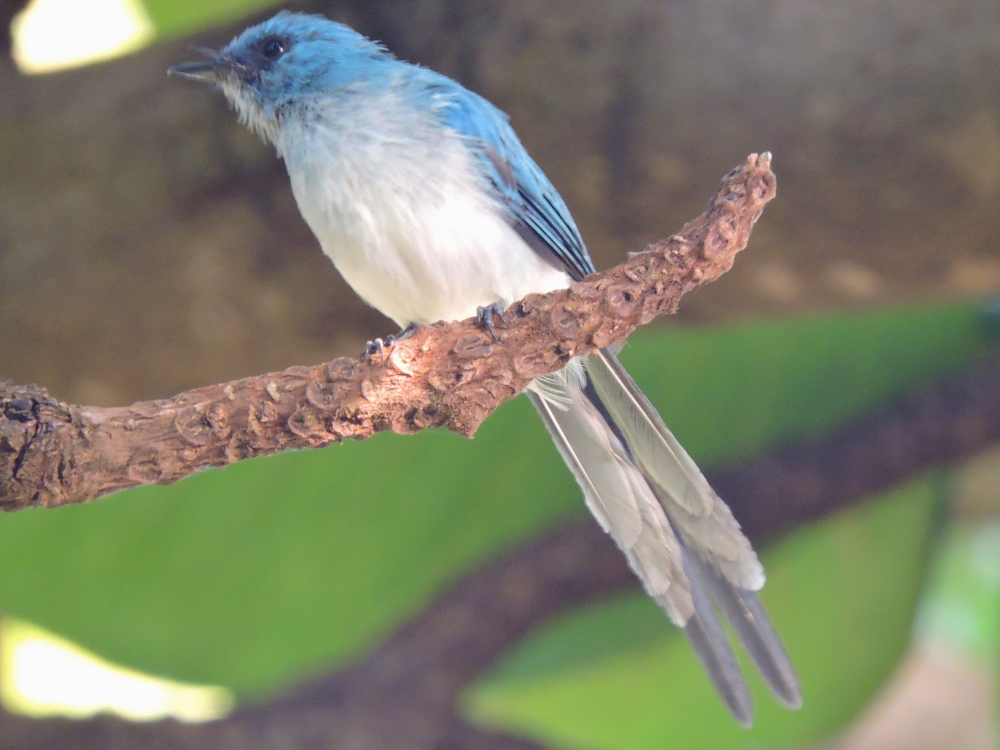
After a while, I grew tired of scanning groups of swallows for new species, but only seeing Barn Swallows, however, Lesser Striped Swallow stood out from the crowd.
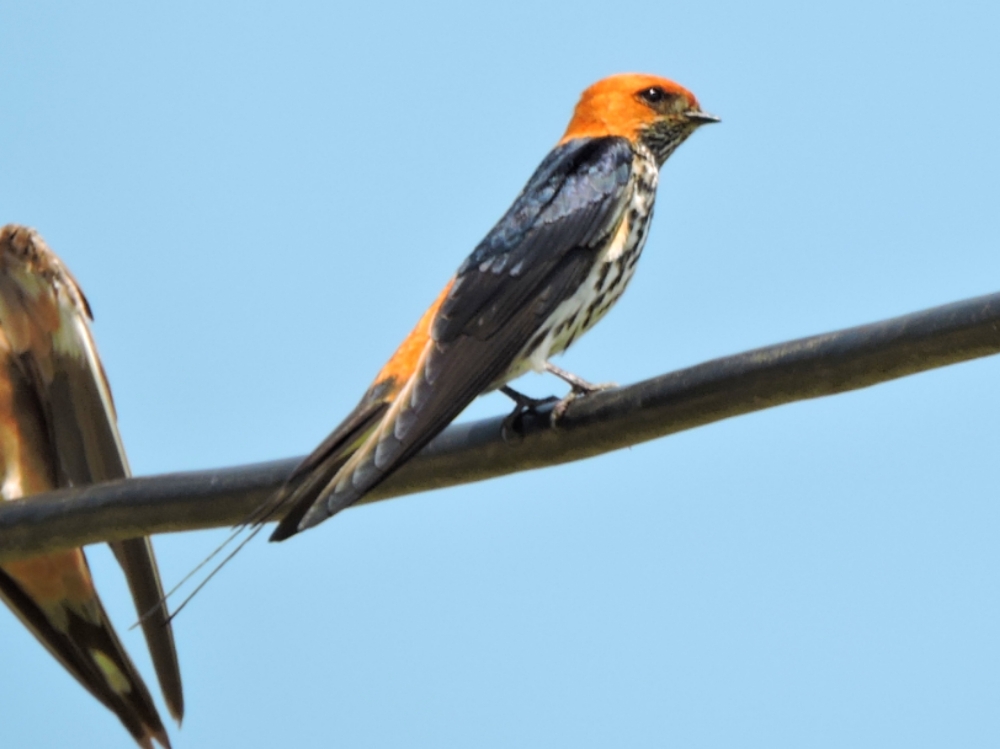
Rwenzori Batis was one of the Albertine Rift Endemics…
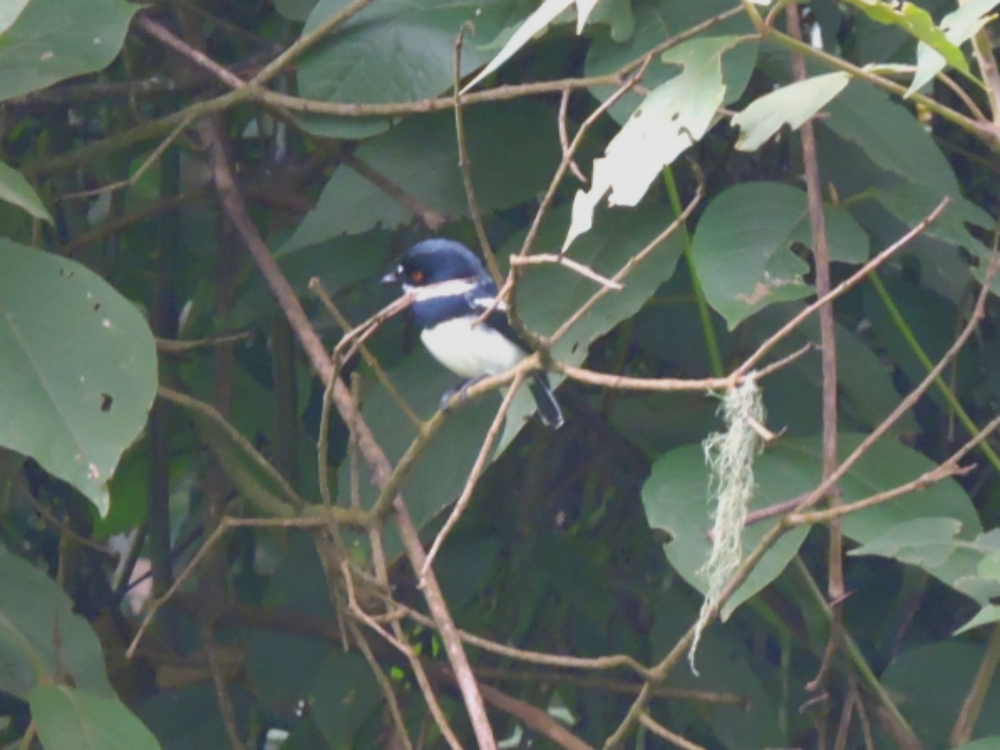
…as was Rwenzori Hill Babbler.
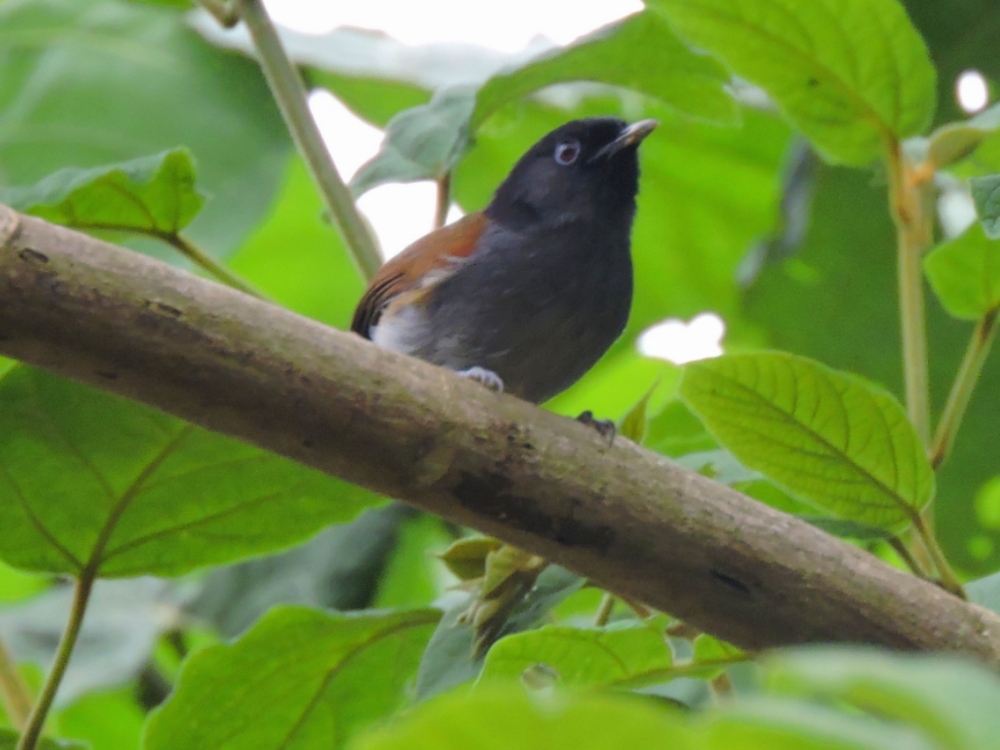
Not all nice birds need to be colorful, as evidenced by White-Browed Sparrow-Weaver, Northern Black Flycatcher, and Gray-Backed Fiscal.
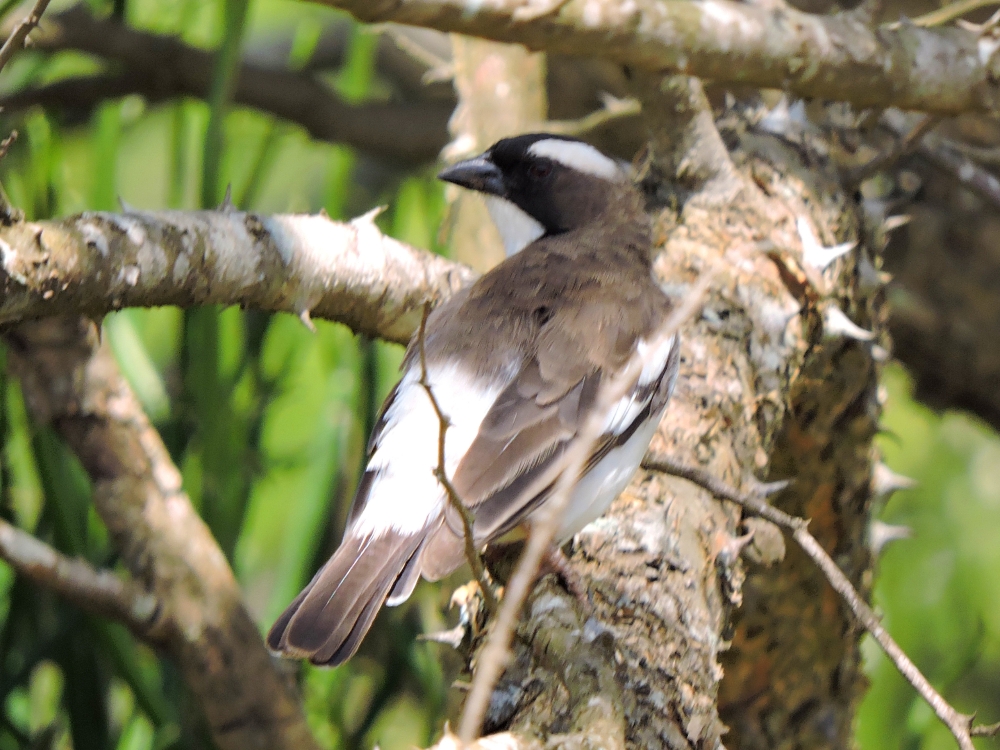
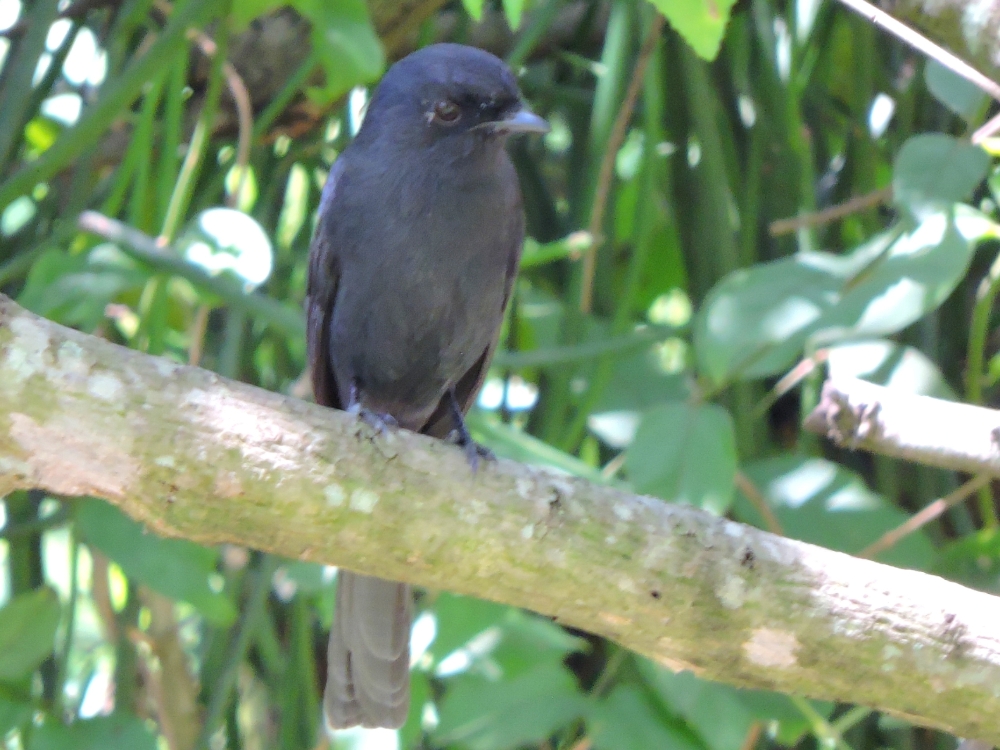
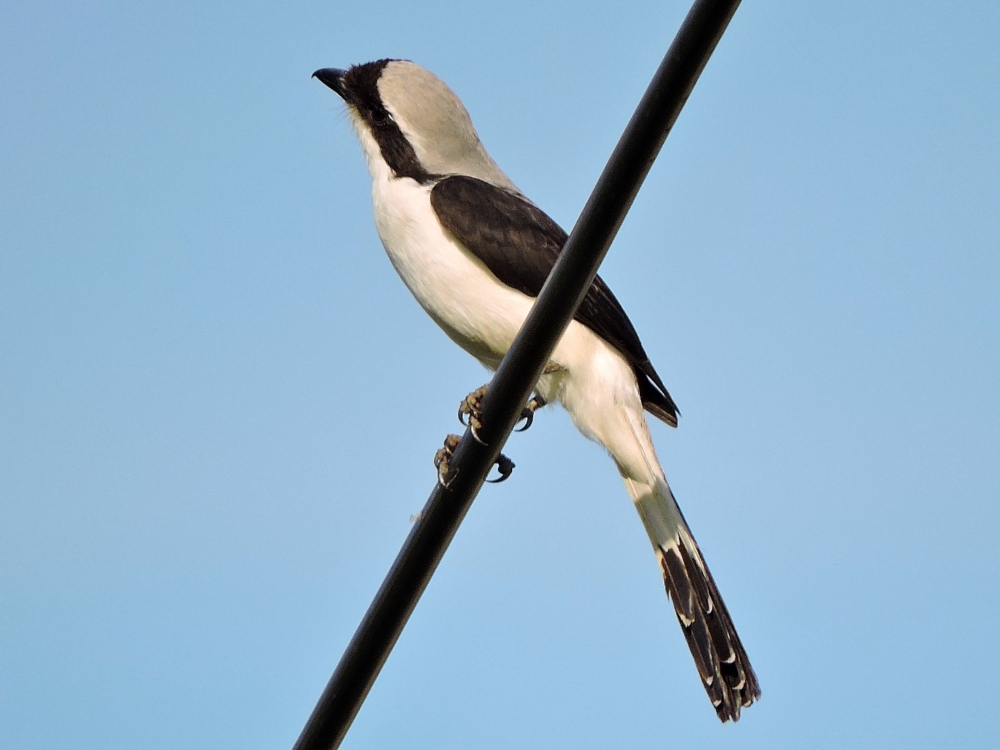
Another nicely satisfying bird was Brown-Throated Wattle-Eye…
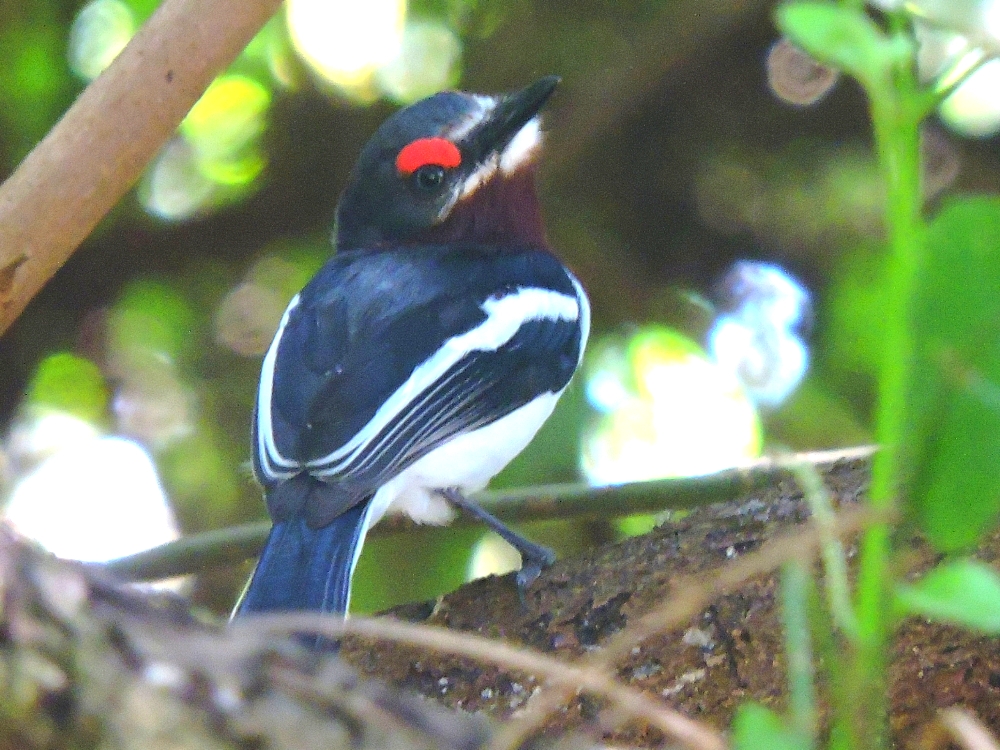
…as was Yellow-Throated Tinkerbird.
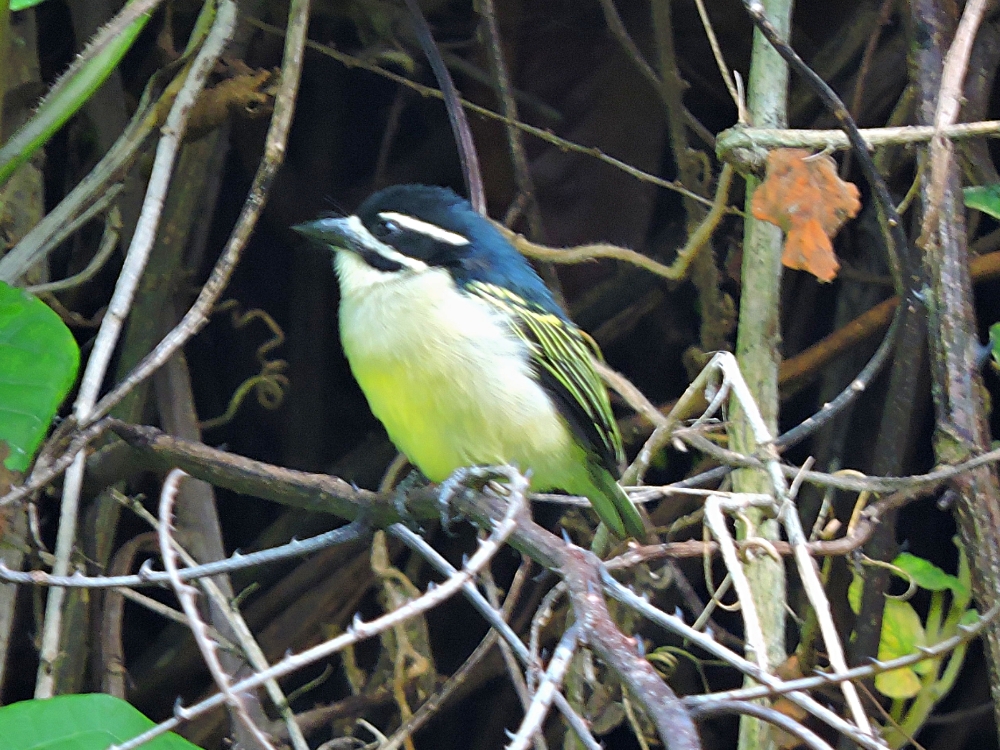
Two small parrots added splashes of color, Red-Headed Lovebird, and Meyer’s Parrot.
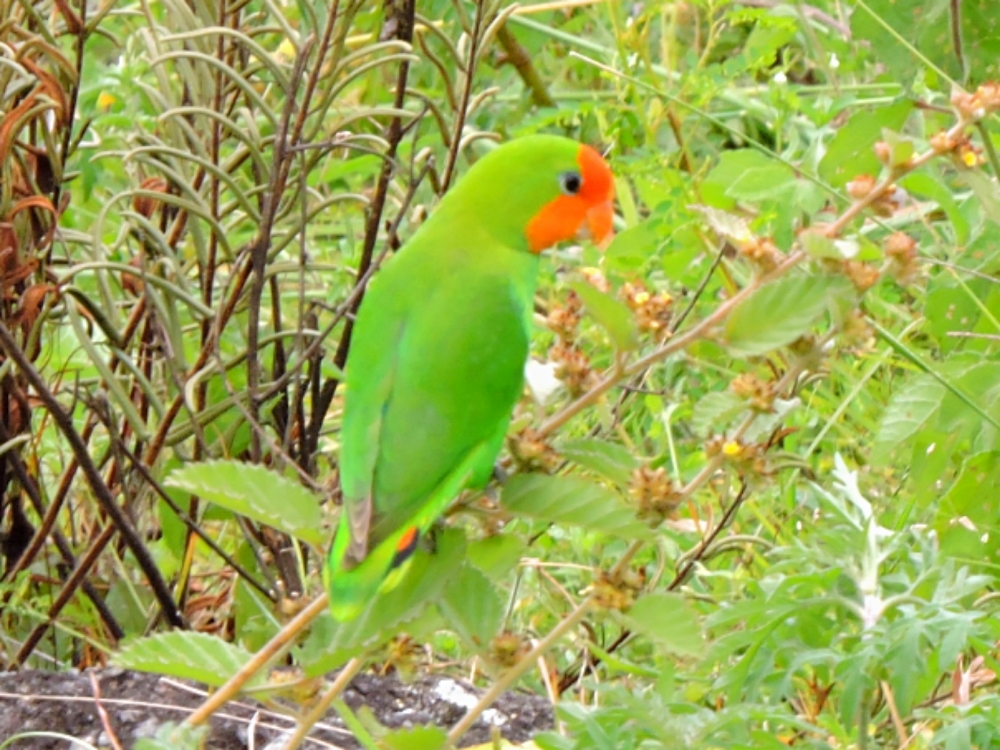
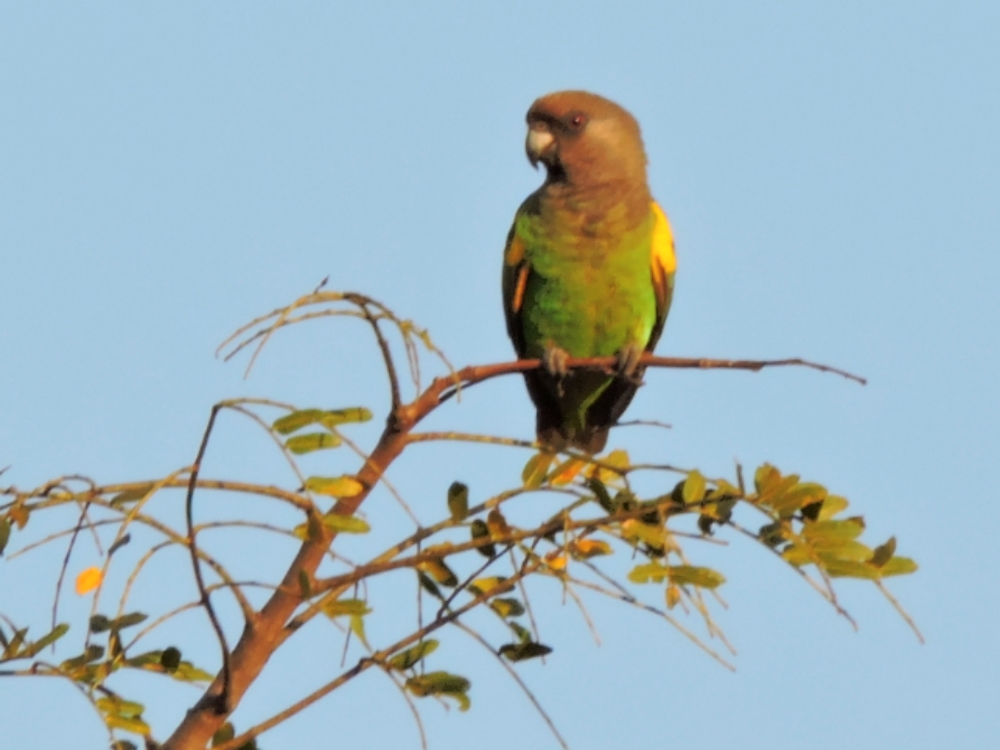
In a post filled with amazing birds, I might not normally include a dove, but Emerald-Spotted Wood-Dove provided a nice example of the angle of the Sun perfectly highlighting its most prominent feature.
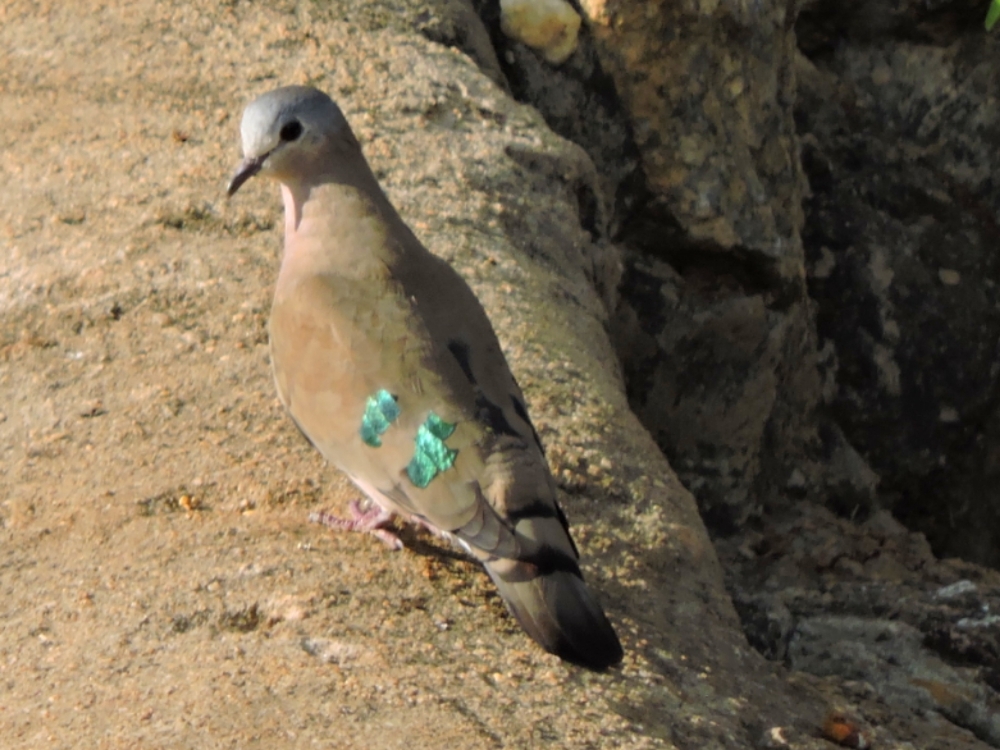
Fifteen years earlier I observed Greater Blue-Eared Starling in Tanzania, now I finally have added its cousin Lesser Blue-Eared Starling.
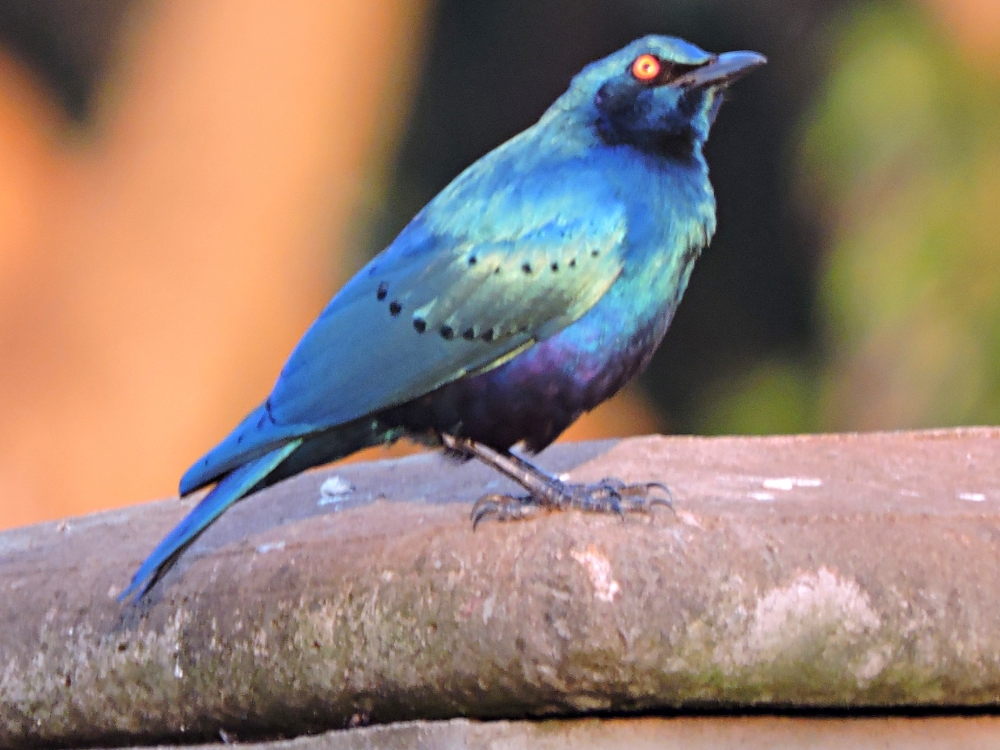
In many places I have previously had trouble seeing and photographing Barbets, so Double-Toothed Barbet was satisfying, but I later realized that it was a very common bird in this region.
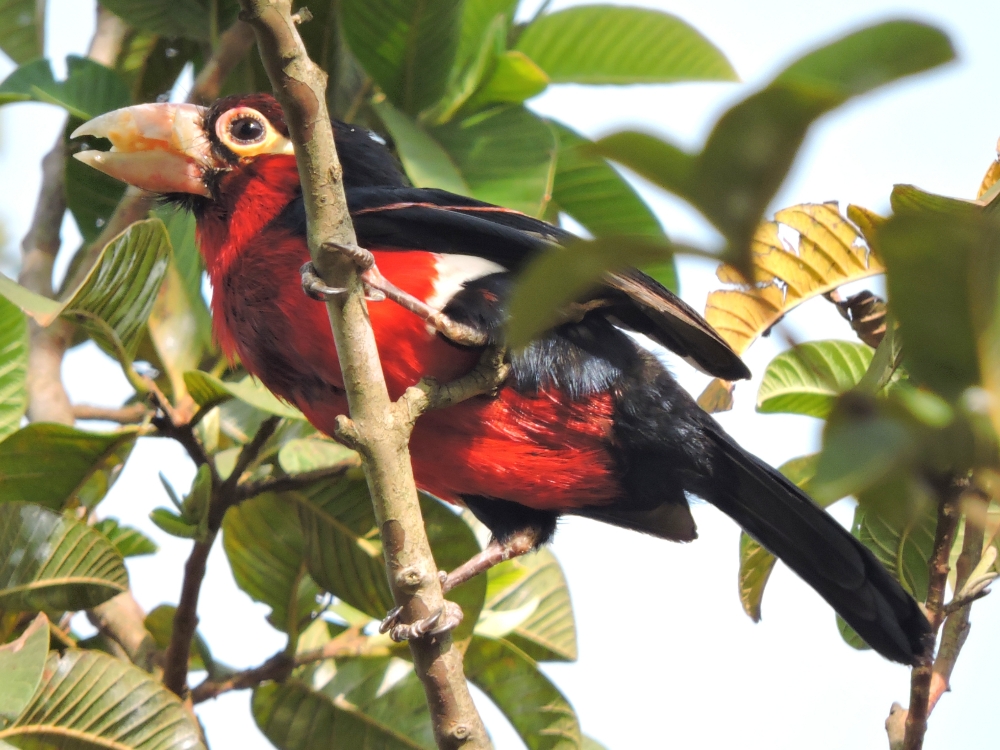
Another, Crested Barbet, was not, and this one looked like it had just finished painting its house.
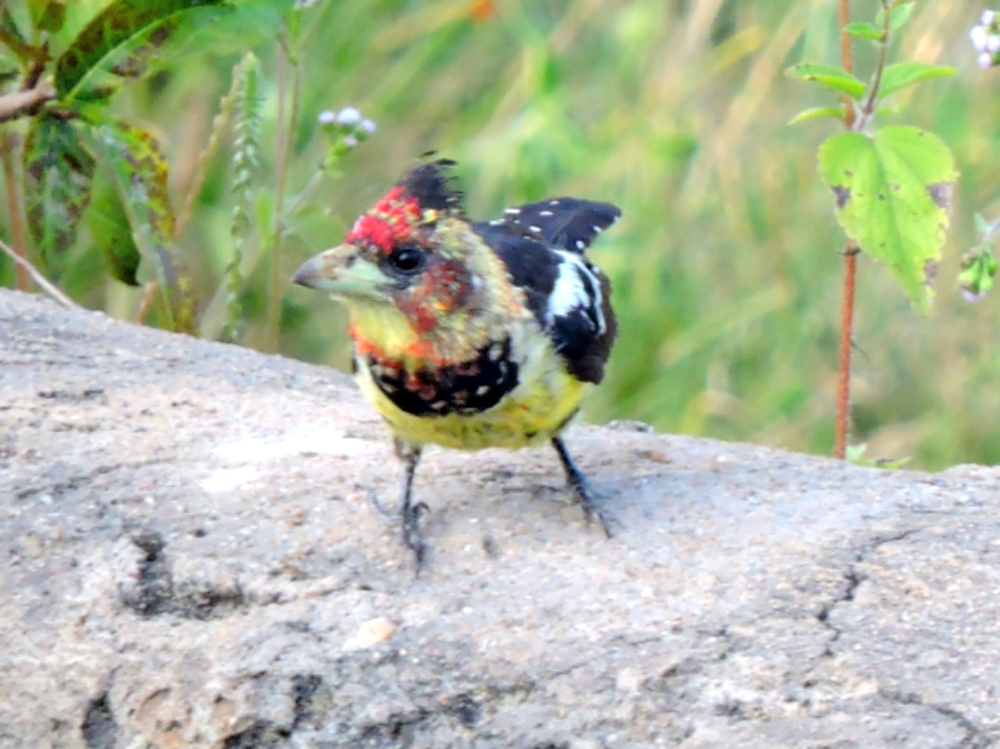
Orioles are always welcome, on either side of the World, so I was happy to add Black-Tailed Oriole.
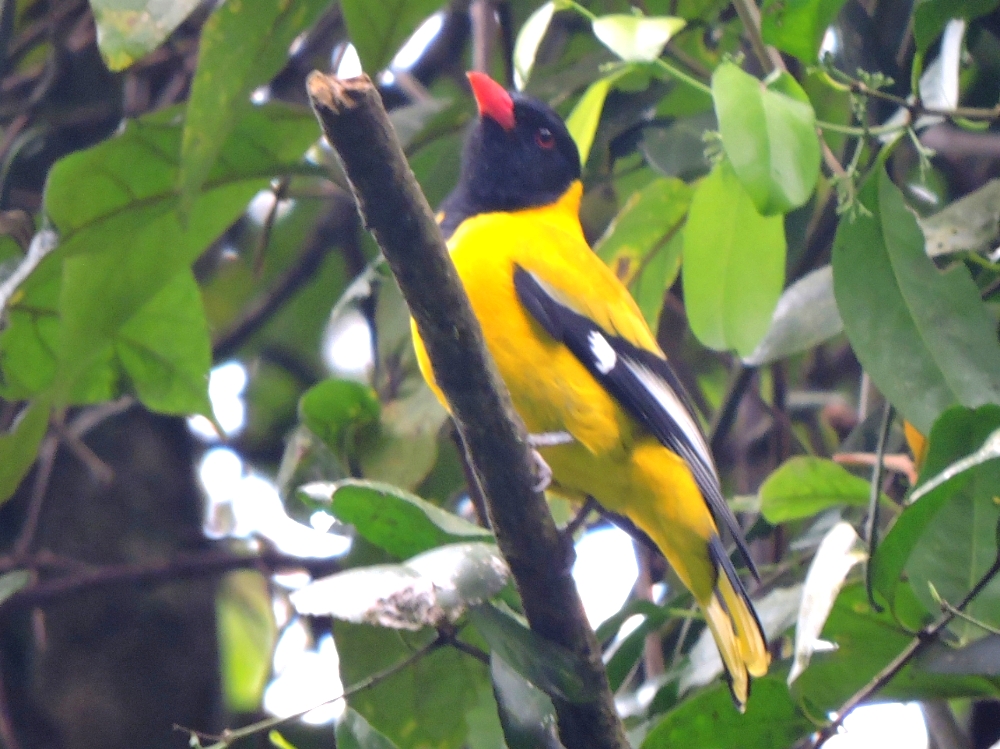
A trio of Bee-Eaters were some of my most gratifying observations, starting with Blue-Cheecked Bee-Eater, a Christmas Day bird…
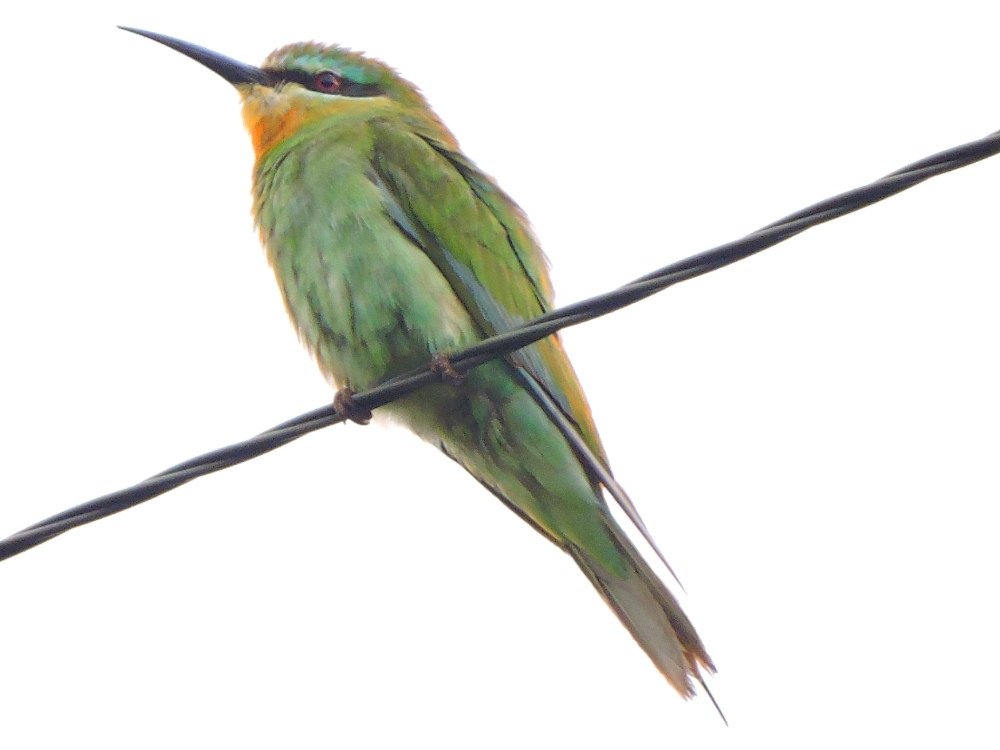
…continuing with Cinnamon-Chested Bee-Eater…
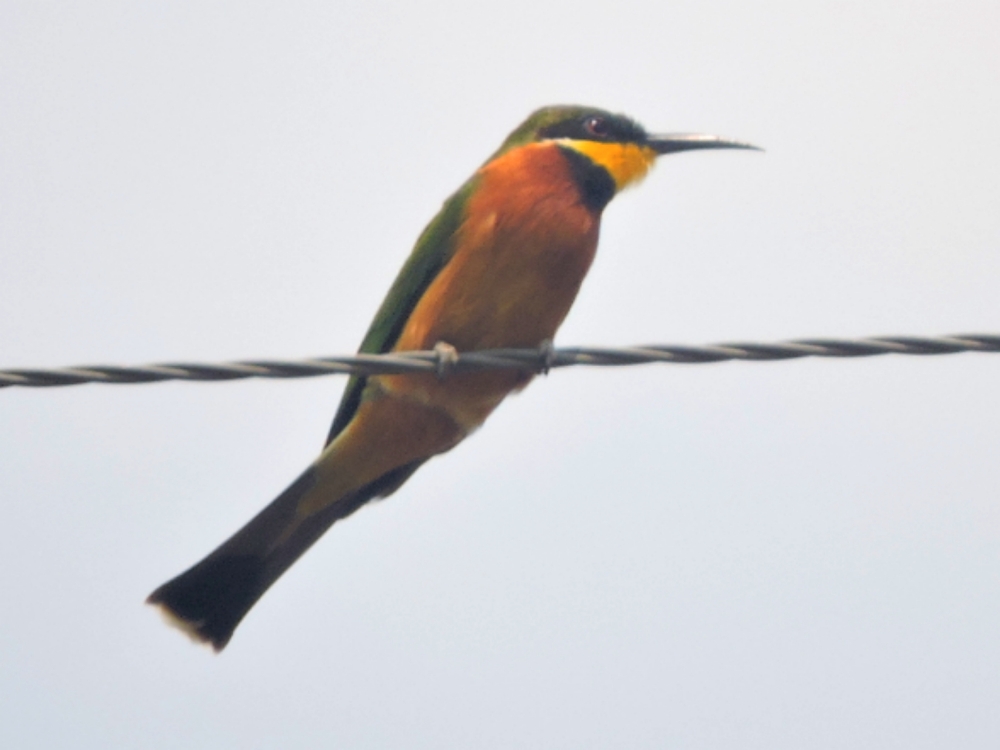
…and completed by the very beautiful Red-Throated Bee-Eater.
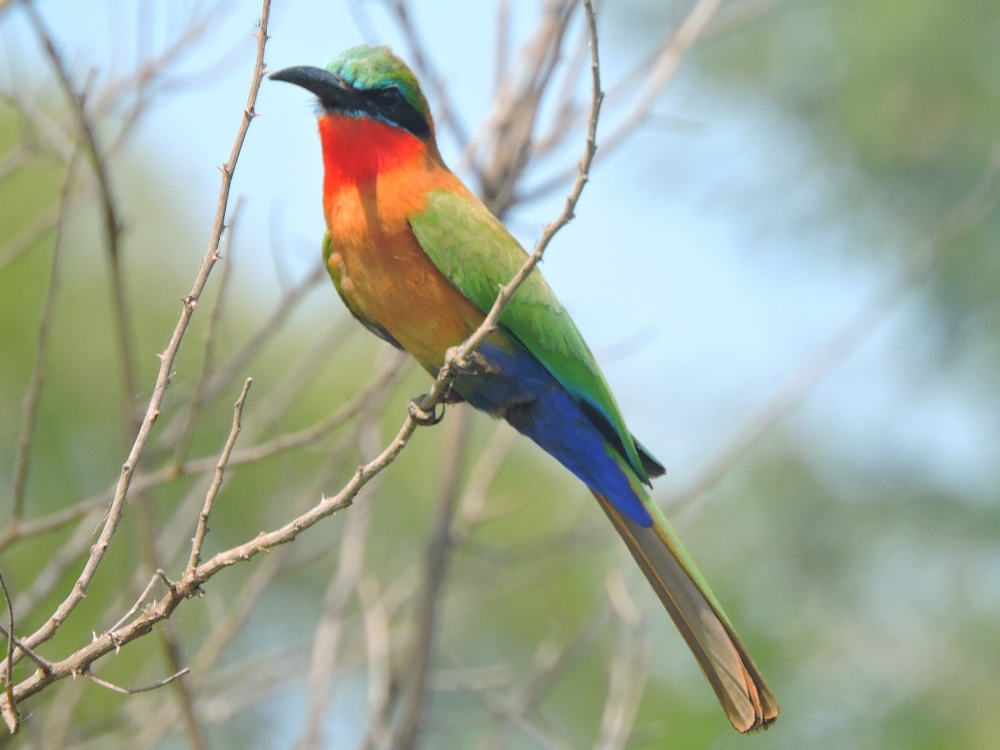
I end this part with one of Uganda’s iconic birds, but one that prefers to skulk around in the bushes, Black-Headed Gonolek.
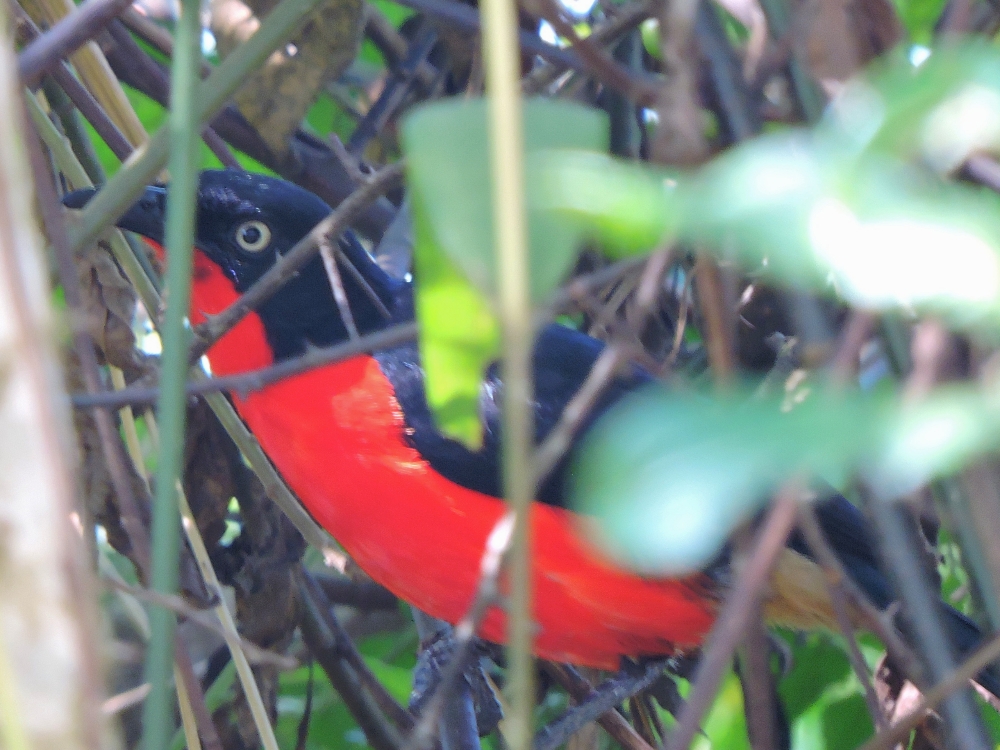
In the next post we continue with some of the very cool large birds seen in Uganda during the World2 Tour.